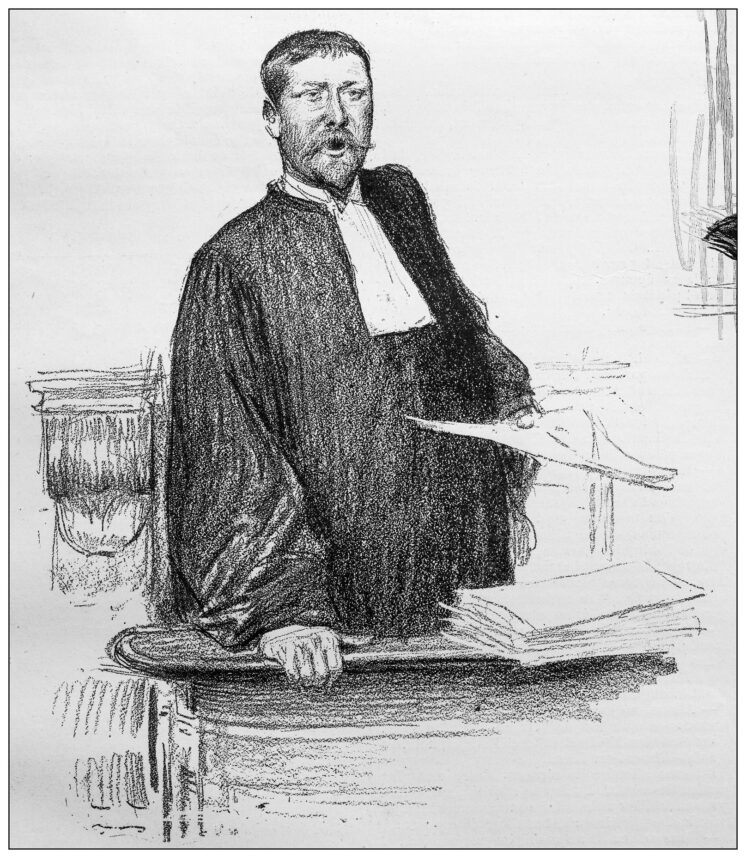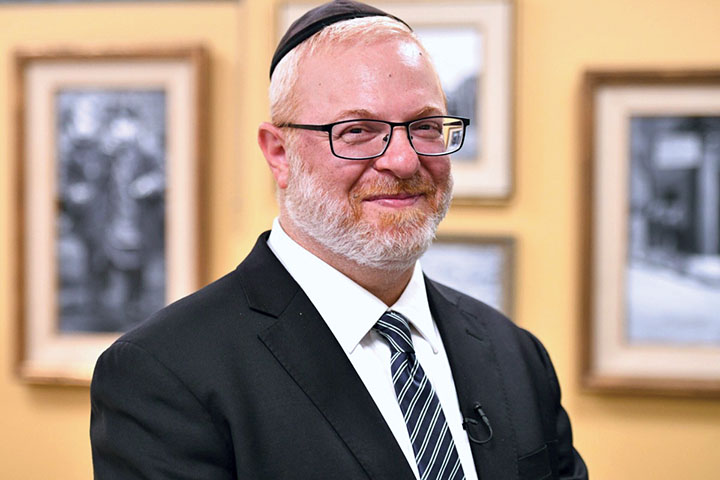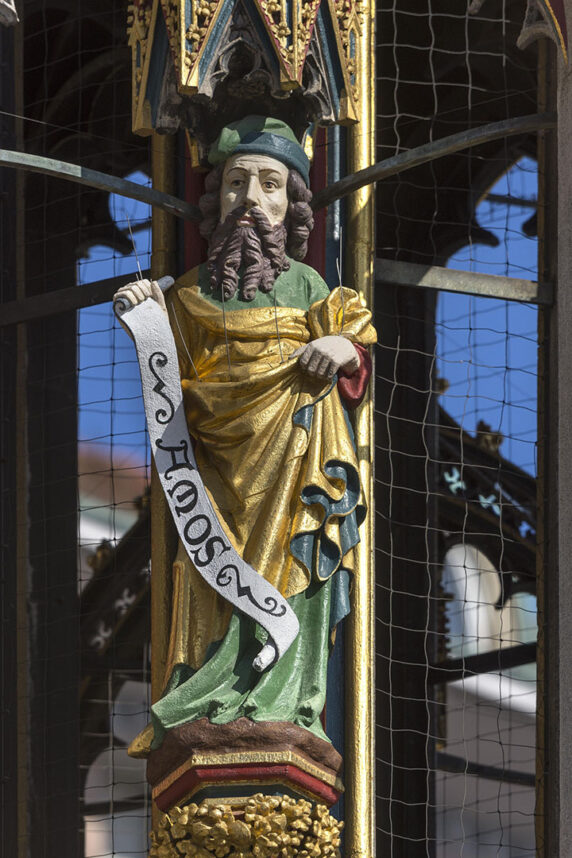When you ascend the rose red pillars towering over the Arava desert, you hardly expect to look down upon the biblical Mishkan. But that’s exactly what you’ll find replicated at Israel’s picturesque Timna Park just outside Eilat.
Stretching across the desert near the Jordanian border and about 18 miles north of the Gulf of Eilat, Timna once played host to ancient Egyptians, Midianites and Amalekites. Today it welcomes visitors seeking to explore this unique nature reserve.
Timna Park is home to fascinating geological and archaeological finds such as the “mushroom” rock, stone arches and “King Solomon’s Pillars.” It also boasts the world’s oldest copper mines, ruins of work camps, workshops for copper smelting, mining shafts, smelting furnaces and even an Egyptian miners’ temple. In modern times, the now-defunct Israeli Timna Mining Co. operated there.
At the park’s main entrance, you can watch an audio-visual presentation in English. From there it’s a short drive toward the striking sandstone pillars, which are named after King Solomon — although no evidence confirms he ever ran the copper mines here. A Christian group in Germany developed the life-size model of the Mishkan that now stands at the base of the pillars and donated it to the park. Admission to the tent requires a nominal fee in addition to your park admission). If you’re interested in gaining a sense of the dimensions of the ancient tabernacle, it’s well worth it, though you’ll likely find it a bit kitschy.
Following biblical prescripts in Exodus, Chapters 25-30, a sacrificial altar is located in the foreground, complete with a ramp and a decorative minaret. A few feet away is a massive copper-colored washstand where the Kohanim, or high priests, washed before preparing offerings.
The nearby ohel moed, or tent of meeting, also follows biblical designs. Gold-painted cherubim decorate a series of panels that are woven from sky blue, dark red and crimson threads.
Unlike the original, this modern version of the Mishkan boasts a small generator to provide climate control for two plastic mannequins. One is dressed as a Kohen in his priestly attire and the other as his Levite assistant. There are also gold-painted models of the menorah, incense altar, bread and various utensils as described in the Torah. A cloth partition separates the main chamber from the smaller Holy of Holies, where a gold-painted model of the ark is decorated with two cherubim facing each other.
We were led through the exhibit by a Christian volunteer from the Southern United States, which made our experience a bit surreal.
Later we climbed the stairs cut into the massive pillars and took in the spectacular view of the tabernacle, the surrounding mountains and the huge desert plain. As we followed an easy footpath, we noticed Egyptian carvings in the flat walled surface of the mountain. And as we continued down another staircase, we arrived at the Miners Sanctuary of Hathor, the Egyptian goddess of mining. Founded during the reign of Pharaoh Seti I (1318-1304 B.C.E.), this pagan temple served members of Egyptian mining expeditions and their local co-workers.
From there we drove a small distance to the “mushroom” rock. A combination of erosive forces of water and wind created this unusual pillar with a huge boulder resting atop it. The surrounding area is filled with ruins of copper mines, as well as small kernels of naturally occurring minerals. Sifting through the dirt, it’s easy to find real pieces of copper that have become oxidized with a pretty green patina.
Archaeologists who excavated Timna from 1959 to 1990 discovered that mining continued there from the late Neolithic period through the Middle Ages. Its heyday occurred during the reign of the pharaohs of the 14th-12th centuries B.C.E.
As the Egyptians lost control of the region in the middle of the 12th century B.C.E., they abandoned the Timna mines and the Hathor temple. Midianites remained there briefly, removing Egyptian imagery from the sanctuary in order to make it their own. Archaeologists discovered beautifully decorated Midianite pottery, metal jewelry and a copper snake with a gilded head reminiscent of the serpent described in Numbers 21:9.
Scholars believe the evidence of Timna’s sophisticated Midianite culture lends credence to the biblical narrative of the meeting of Moses and his father-in-law, Jethro, a high priest of Midian as mentioned in Exodus 18.
These are just a few of Timna’s highlights. Swimmers will want to visit the lovely man-made lake. The visitors’ center attracts guests of all ages.
And hikers will enjoy the abundant trails, camping privileges and expansive tranquility.
Timna Park is usually open daily from 7:30 a.m. to 6:30 p.m. in summer and until 5 p.m. in winter. Even in spring, temperatures can be quite extreme, so remember to time your visit to avoid the blistering midday sun.
You’ll appreciate having a car to explore this massive park, although it’s not necessary for travelers in strong physical condition.
Guided tours are available. Camping is permitted by prior arrangement only. When you enter the park, you can rent a personal audio guide, fill souvenir bottles with colored sand and watch an audio-visual demonstration of ancient copper production.
For more information and to reserve a campsite visit timna-park.co.il. The writer’s trip was sponsored by Israel’s Ministry of Tourism.

































